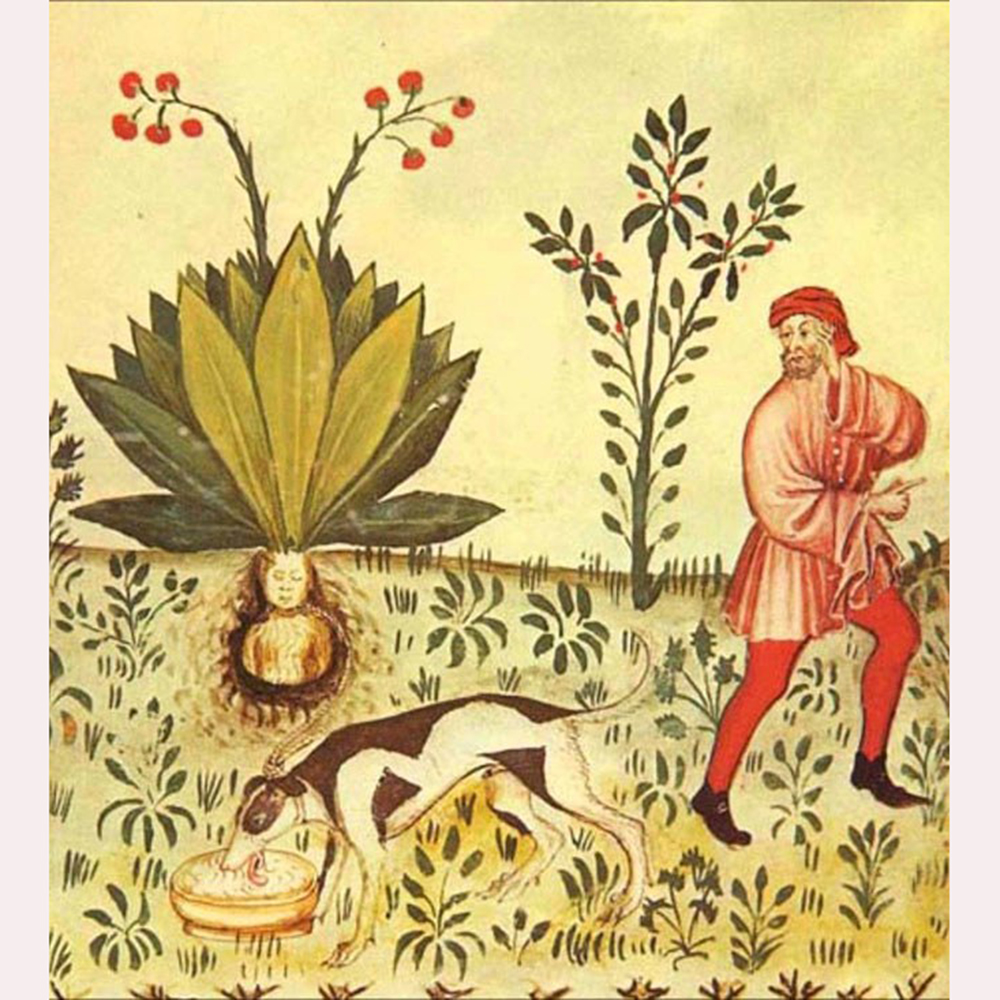Arthur Wiener has long been a fan of Paul Stankard’s mystical glass worlds and, thanks to Linda Saft, a visit was arranged to his New Jersey studio in July. Louise Irvine is now planning an exhibition of the artist’s work to be held at WMODA in the fall.
Paul Stankard is universally acknowledged as the master of the modern glass paperweight, continuing a tradition that dates to the mid-19th century when letter writing was a prevalent pastime. However, Paul’s work soon transcended the confines of the practical paperweight and entered the realms of glass sculpture with his exquisite representations of nature encased in glass orbs, cubes and columns. His perpendicular Botanicals series provides many viewing angles, but they have a distinct horizon dividing the different elements of the design.
Paul’s precision flame-working skills are marvelous to watch. They were honed by ten years working on scientific glass instruments before he left industry to concentrate on his own studio designs in 1972. With tweezers and a choice of colored glass rods licked by a blue flame, Paul painstakingly forms petals, pistils and stamens. Over the years, Paul’s lamp-worked glass creations have evolved from simple flowers to intricate floral clusters with elaborate root systems. Visiting honeybees and other insects are sometimes suspended in the glass as if they are hovering in mid-air. He has developed his own visual vocabulary to celebrate nature in minute detail. In his words, “I think of my work as referential. These are not literal flowers, though it is important to make them believable. The point of my work is not to make specimens but to evoke the experience of nature.”
Paul’s process for making his glass art is time-consuming. It can take him a week or more to create the compositions of blossoms, berries, bees and root people for his orbs. Then, his assistant will help to encase his work in molten clear glass. They use a suction process and custom designed metal molds to create the spheres that provide uniform magnification of the interior elements from all angles. In Paul’s words, “The best part is pushing the glass to its limits.” Sometimes he pushes too far and ends up with distorted pieces or ones marred by bubbles. Finally, the piece is cut and polished to perfection. Paul challenges himself even further with a culmination of all his techniques for his complex Assemblages, which feature all his different symbolic elements in a grid form. His Nantucket Bouquet is one of the most spectacular pieces at WMODA.
Paul’s mystical root people first appeared in his floral habitats in 1979. They were inspired by Medieval herbals which depicted anthropomorphic roots on plants such as mandrakes. The roots of the mandrake often resemble human figures and they have been associated with superstitious practices throughout history. The Greeks used mandrake as an aphrodisiac associating the ‘love apple of the ancients’ with Aphrodite, the Goddess of Love. The ancient Hebrews believed the mandrake could be used to induce conception and the fertility powers gained credence in the Middle Ages as the mandrake roots could look like babies. So many people believed that mandrakes could bring good fortune that theft of the plant was discouraged by myths of its ferocity. Reputedly, the mandrake plant would emit a monstrous, lethal scream if it was pulled from the ground, bestowing death to all within earshot. Fortunately, Paul’s root people are not sinister but benign inhabitants of an unseen world encapsulated in glass.
Paul is a very spiritual person and his work is imbued with his meditations on life. Occasionally he adds small words to his glass sculptures, such as “seeds”, (his favorite) “fertility”, and “decay” to suggest the life cycle of all growing things. In his words, “It’s all about nature’s fecundity interpreted in glass.” Paul believes in combining contemplation with action and on the wall of his studio is the Latin phrase practiced by the Benedictine monks “Laborare est Orare”, to work is to pray. Inscribed underneath is “Memento Mori” meaning “remember you will die.” Paul writes poetry extolling the beauty of nature, such as his observations on honeybees below. He has been much influenced by Walt Whitman’s Leaves of Grass and shares the poet’s often quoted sentiment, “A morning-glory at my window satisfies me more than the metaphysics of books.” Morning Glory Bouquet with Honeybees is the title of one of his orbs, another is entitled Walt Whitman’s Garden. Paul also loves Emily Dickinson’s reflections on flowers, which provided the 19th century poet with a constant source of inspiration. Two orbs from Emily Dickinson’s Garden series will be on display in the upcoming exhibition at WMODA.
Honeybees by Paul J. Stankard
In the hive
honeybees
breed
virgin queens.
Scented foragers
guided by sun
dance their language
about harvesting
to be done.
Dusted murmuring bodies
rubbing pink clover
wing repeated visits
lured by field's odor.
Nectar
gathered in sun
made into honey
Nature’s continuum.
Read more about Paul J. Stankard...
Paul J. Stankard - The Art of the Flame
Paul J. Stankard - Golden Orbs
Paul J. Stankard - Poetry in Glass
Paul J. Stankard - Gardens of Glass
Paul J. Stankard - Orchids Celebration
Paul J. Stankard - Beauty Beyond Nature
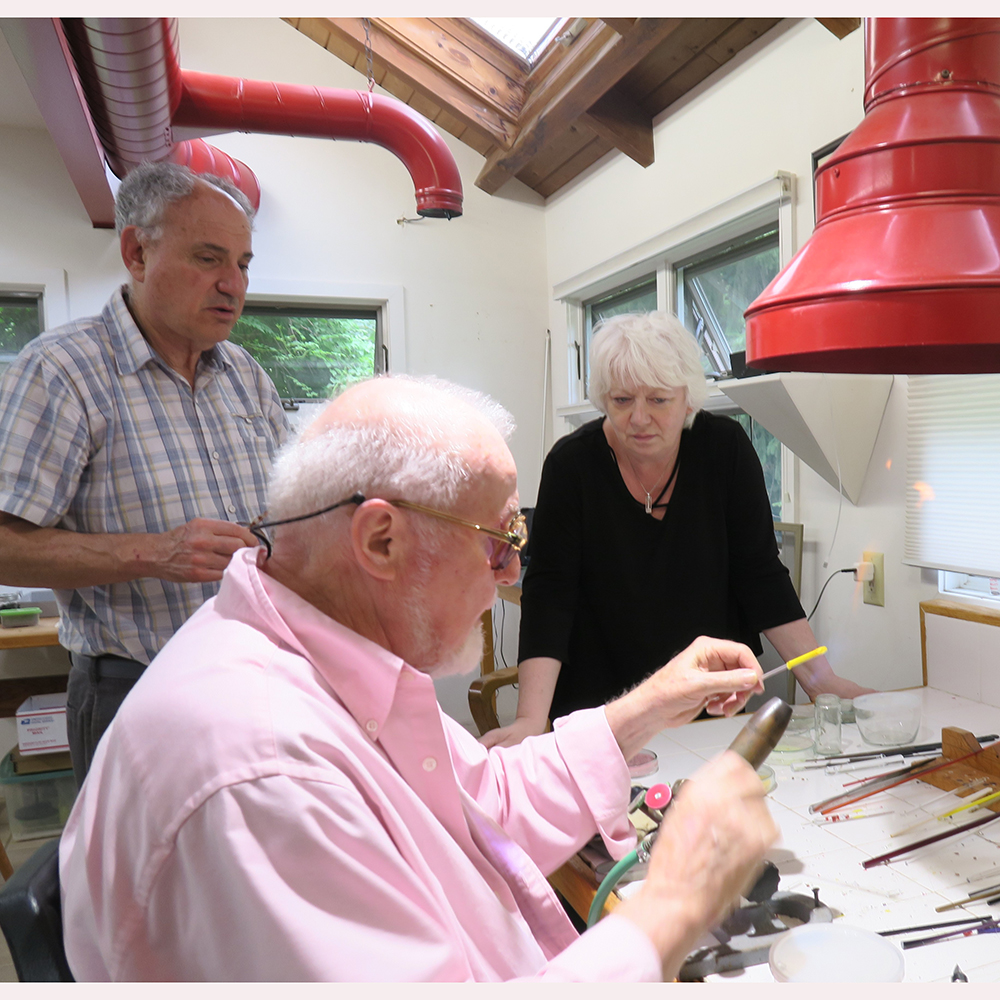
Arthur Wiener, Paul Stankard & Louise Irvine
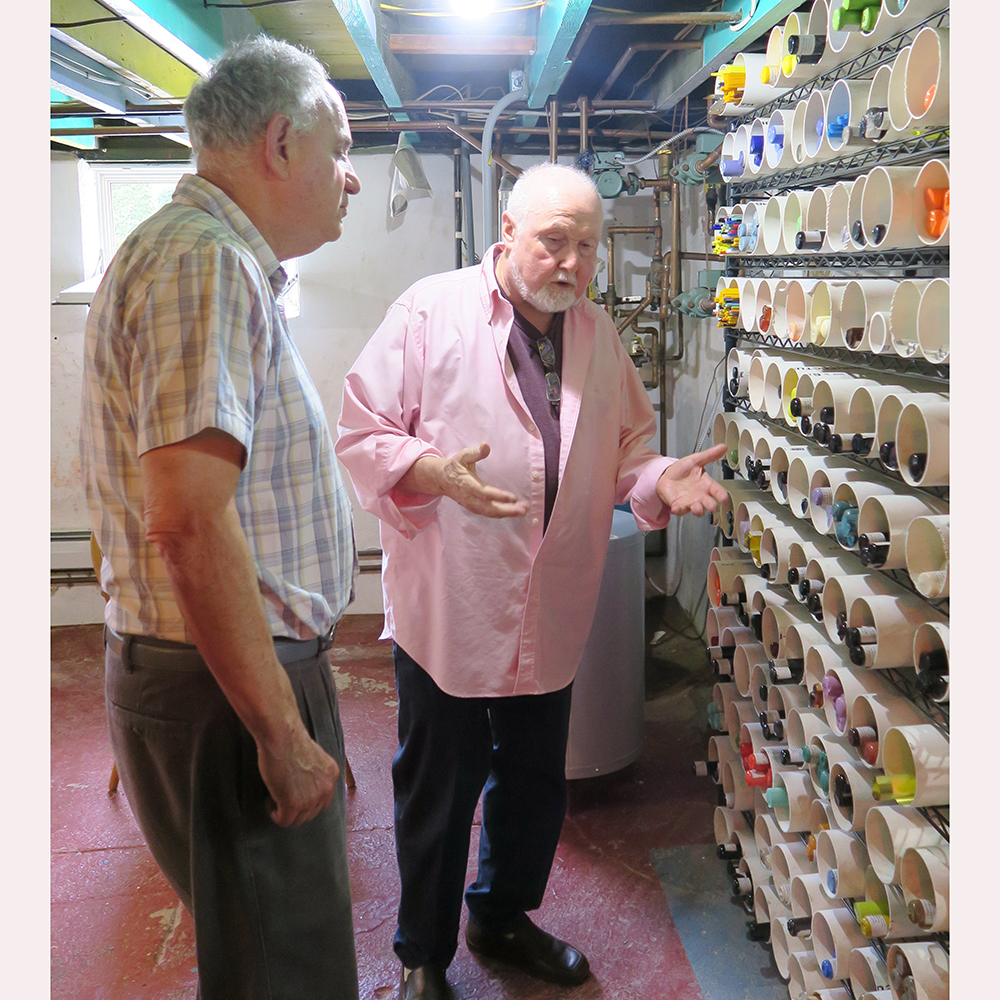
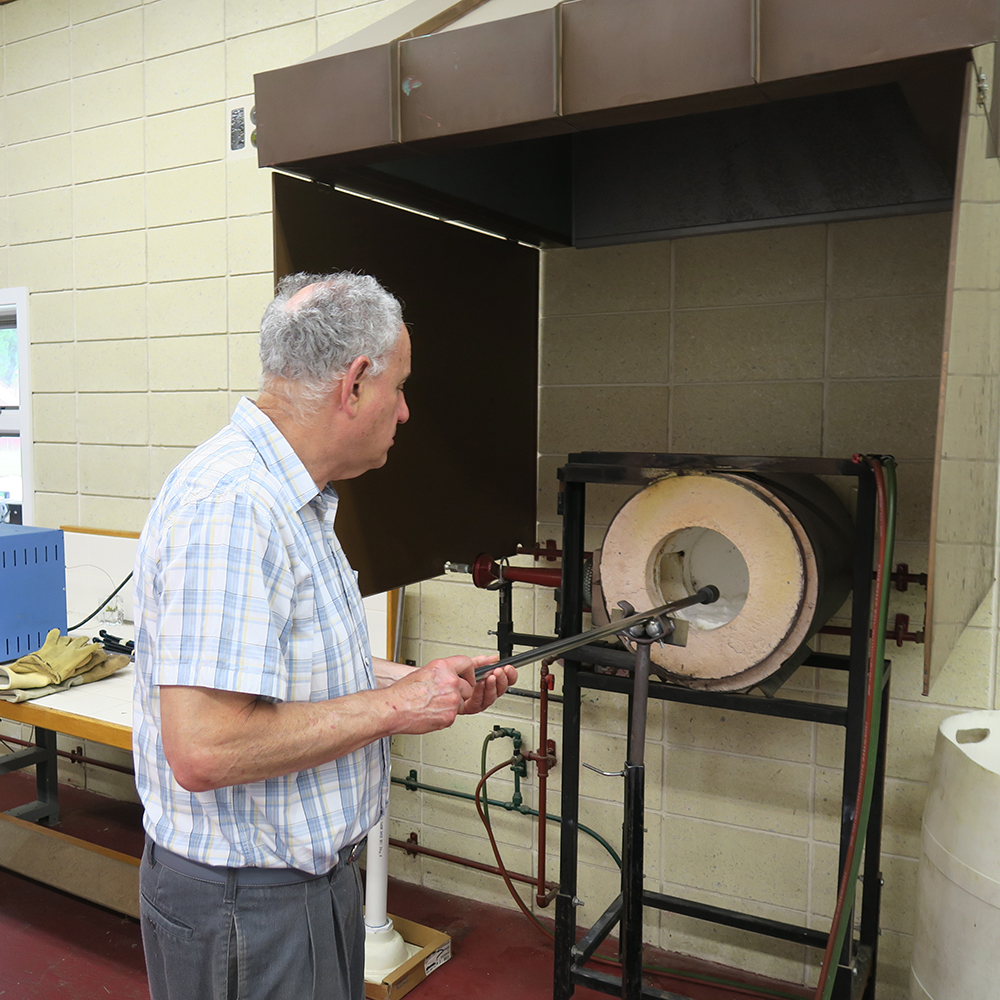
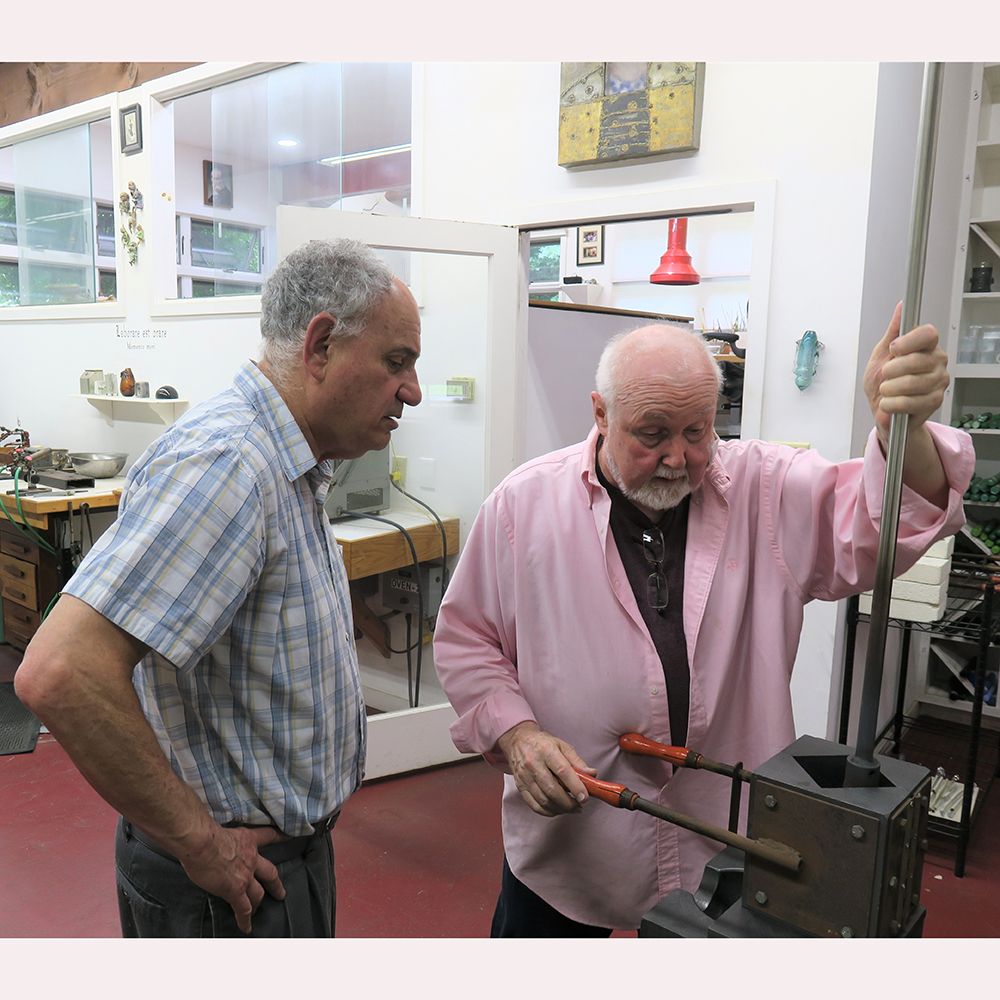

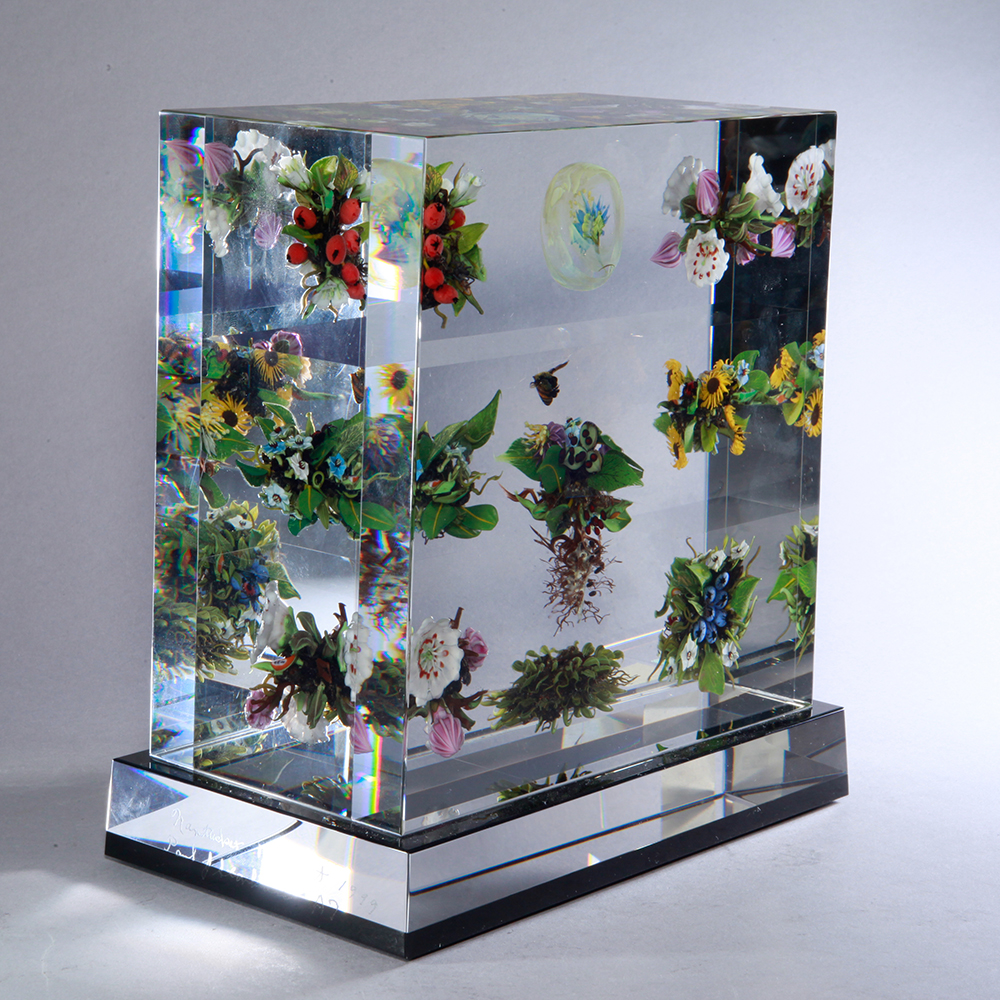
Nantucket Bouquet Assemblage
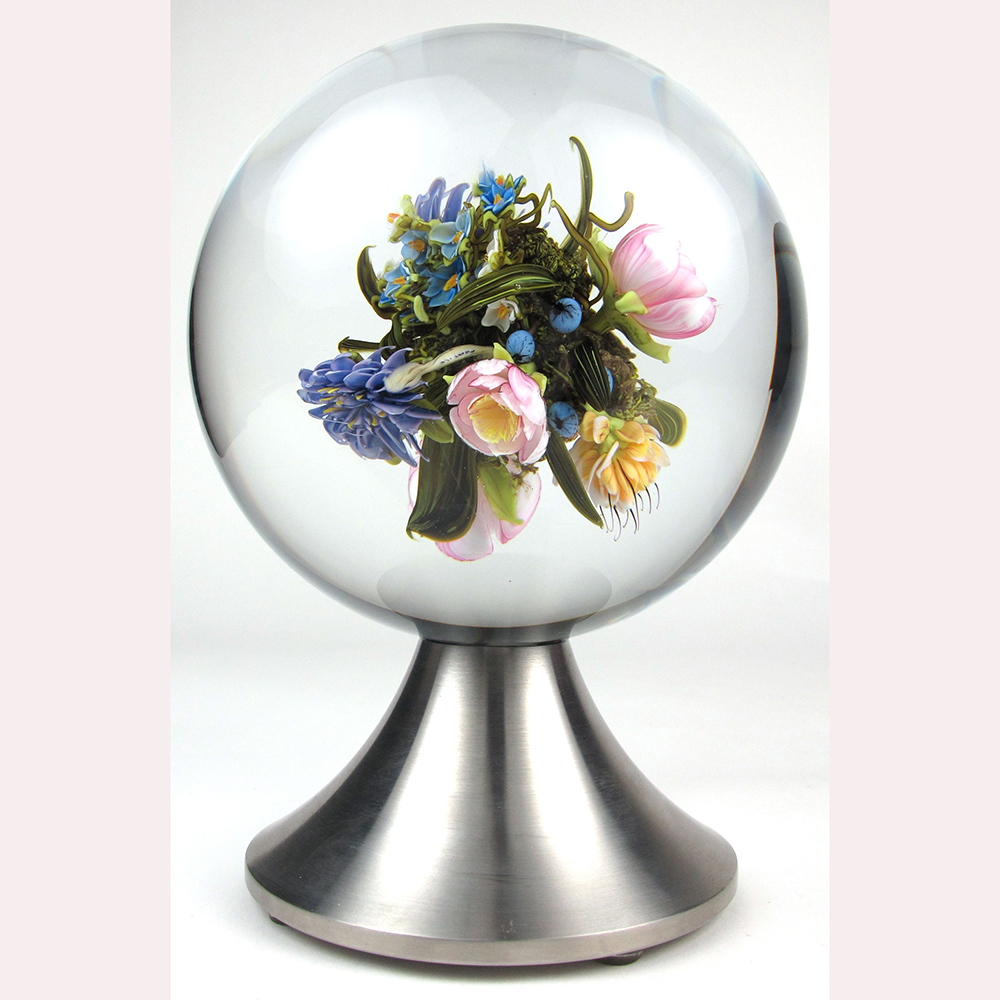
Orb Sculpture
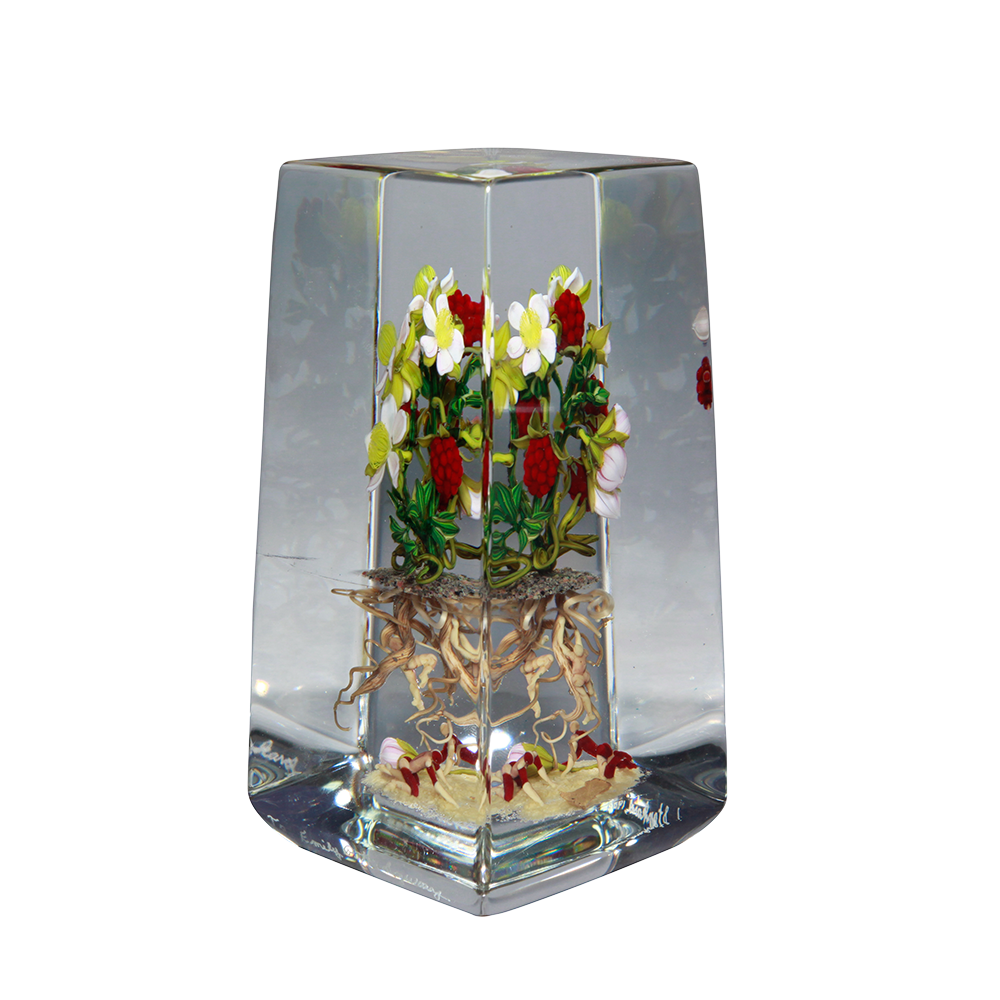
Botanical Sculpture
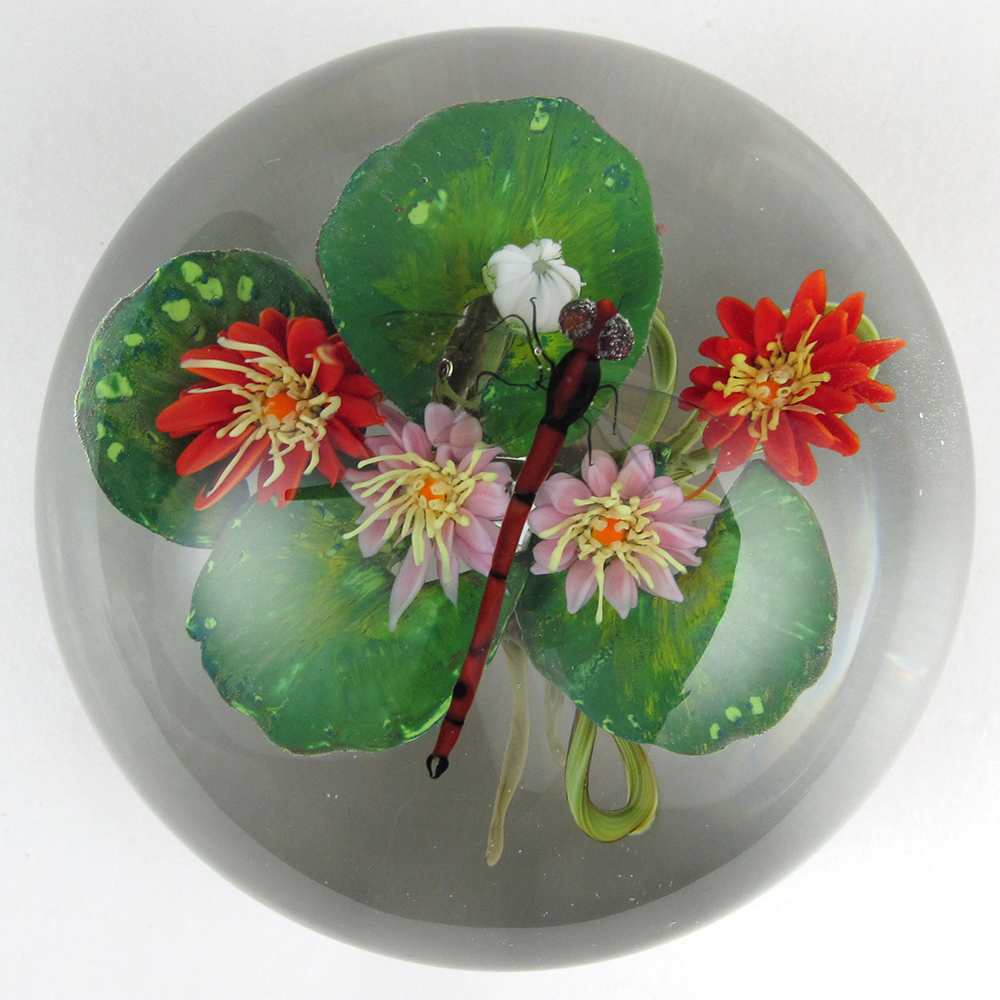
Waterlily with Damselfly
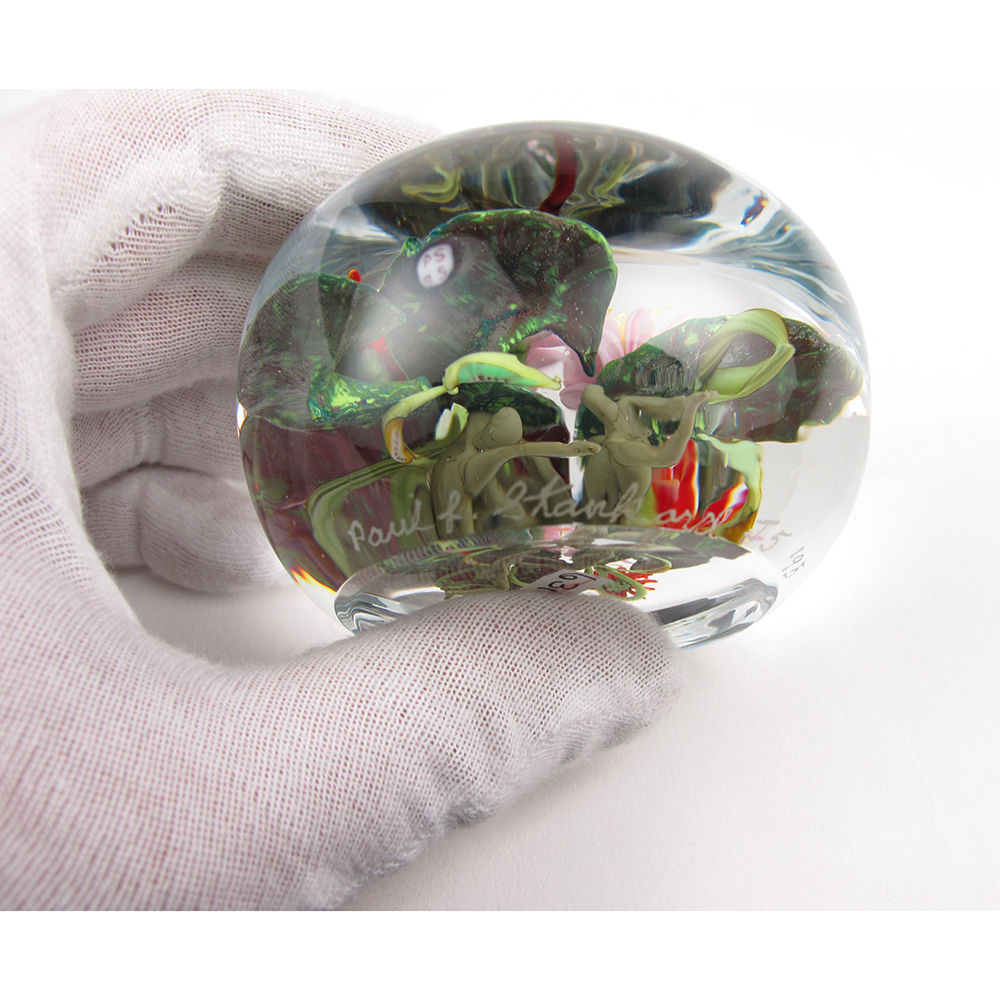
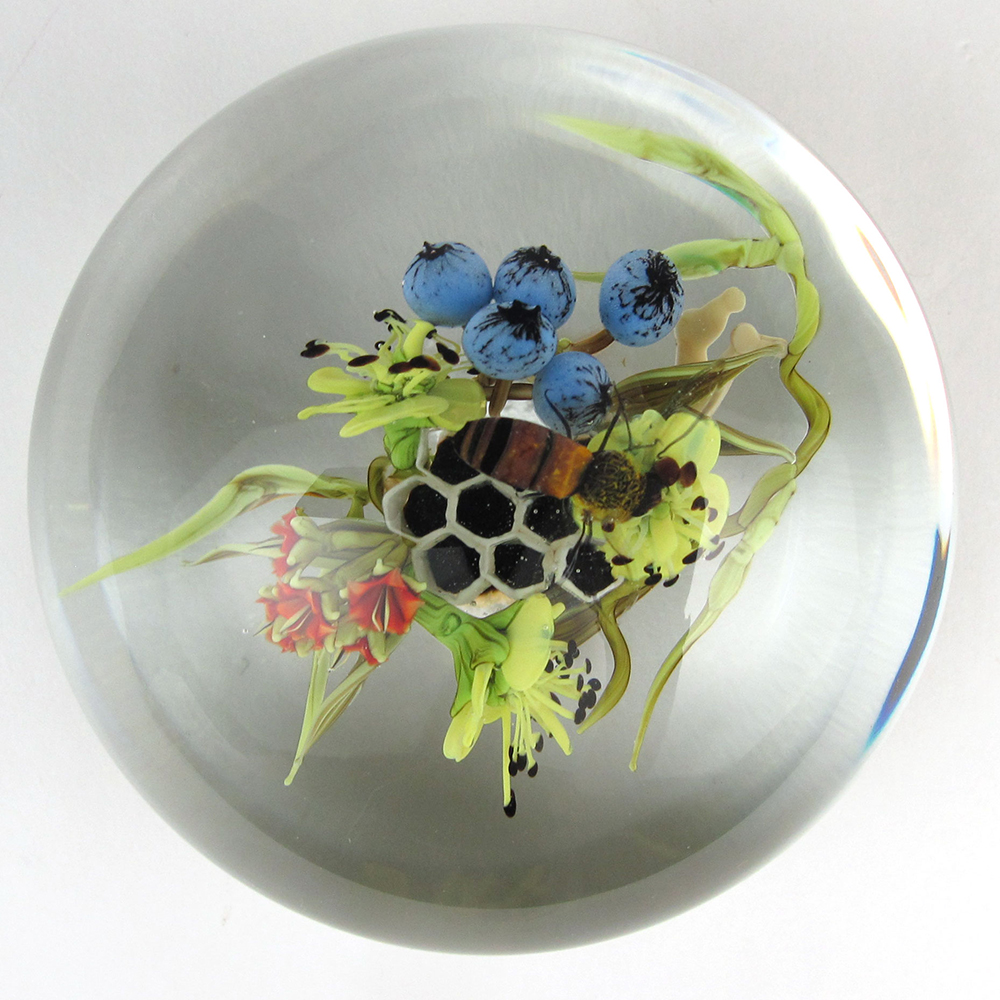
Pineland Bouquet with Honeybee, Hive and Figure
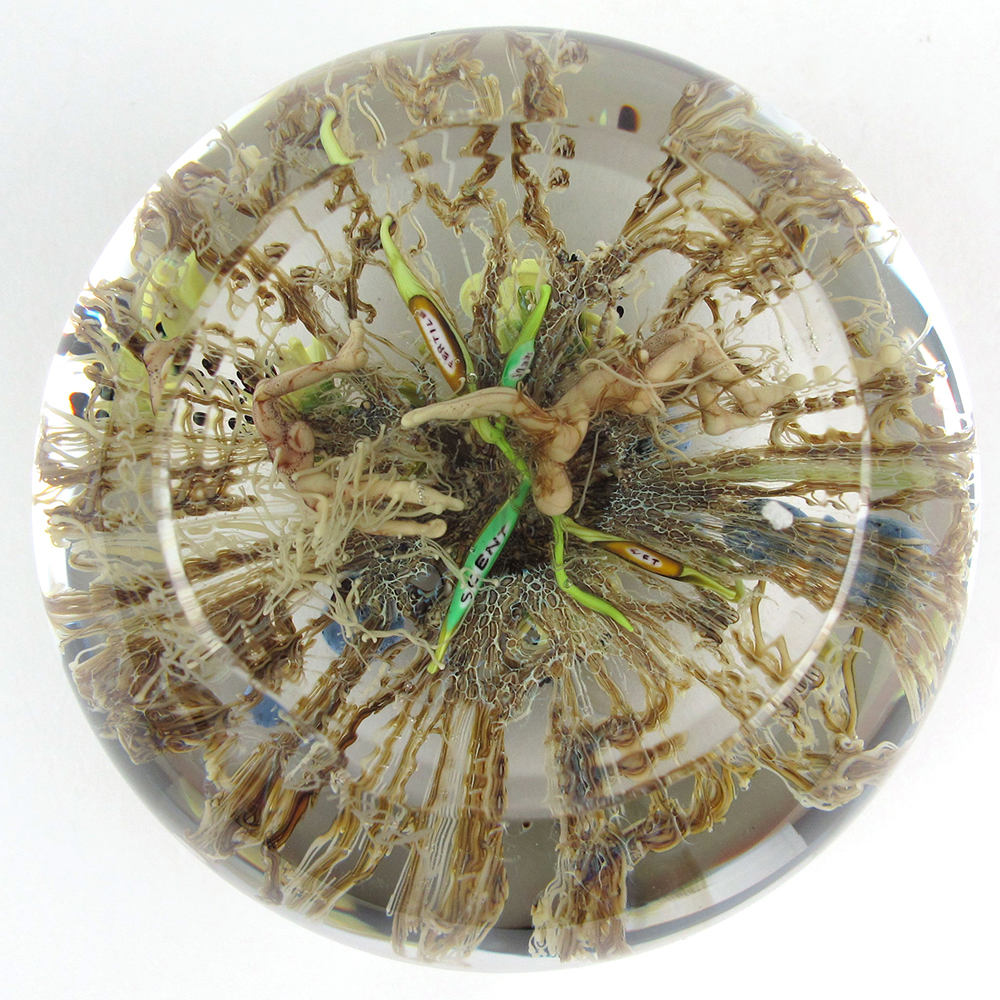
Paperweight base with root people and word canes
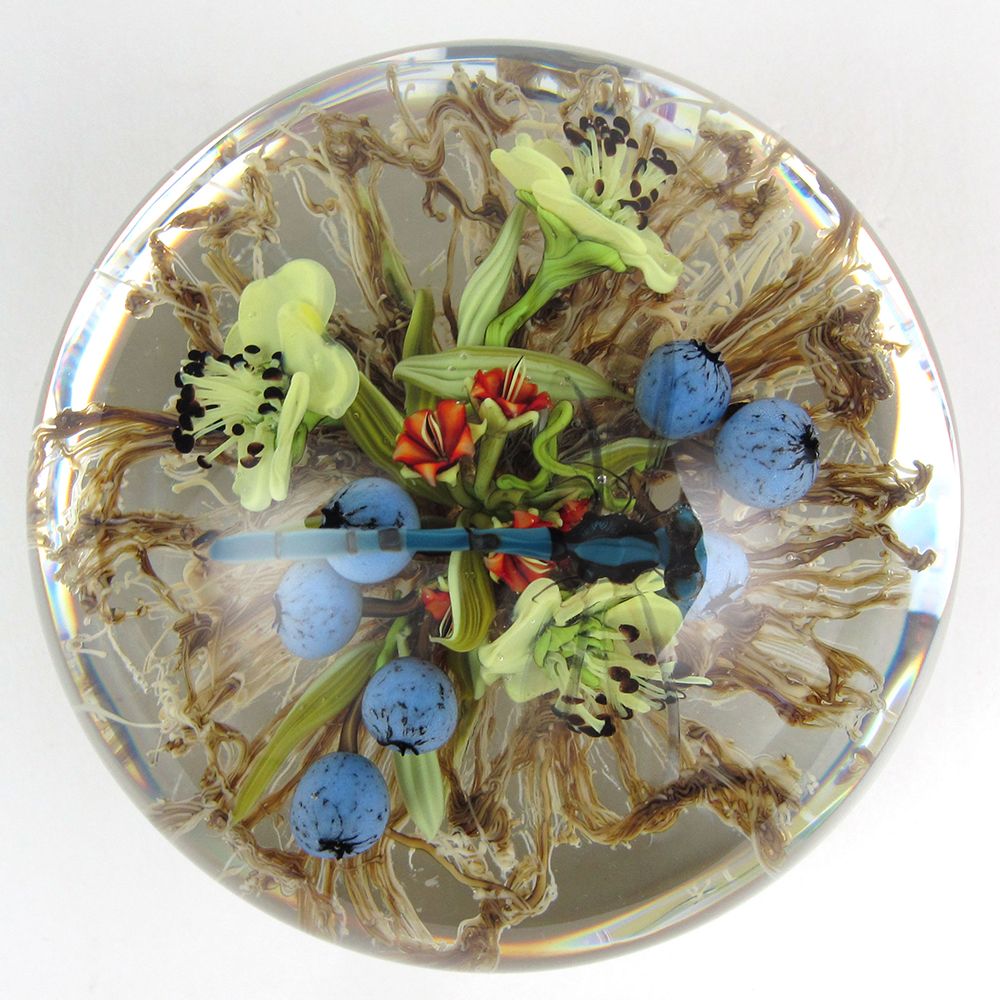
Pineland Pickerel Weed Bouquet with Damselfly
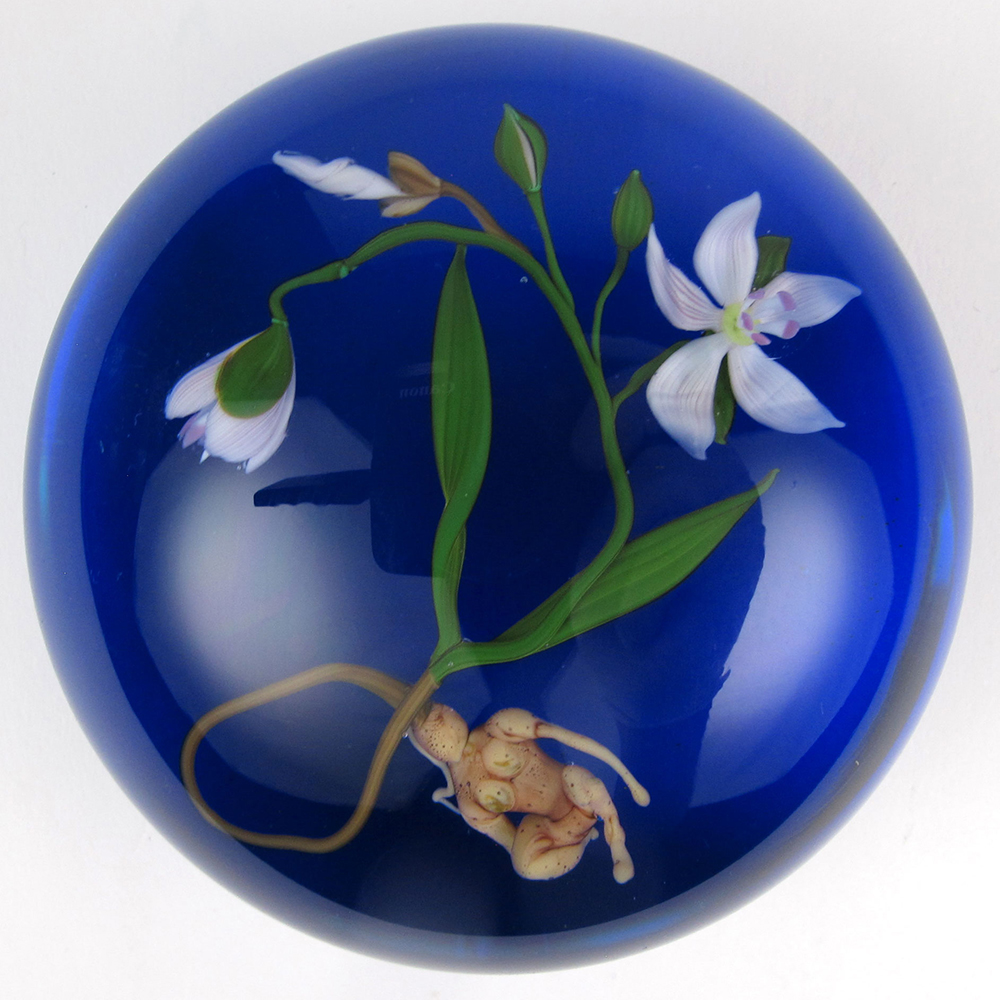
Spring Beauty Plant with Human Form Shaped Bulb
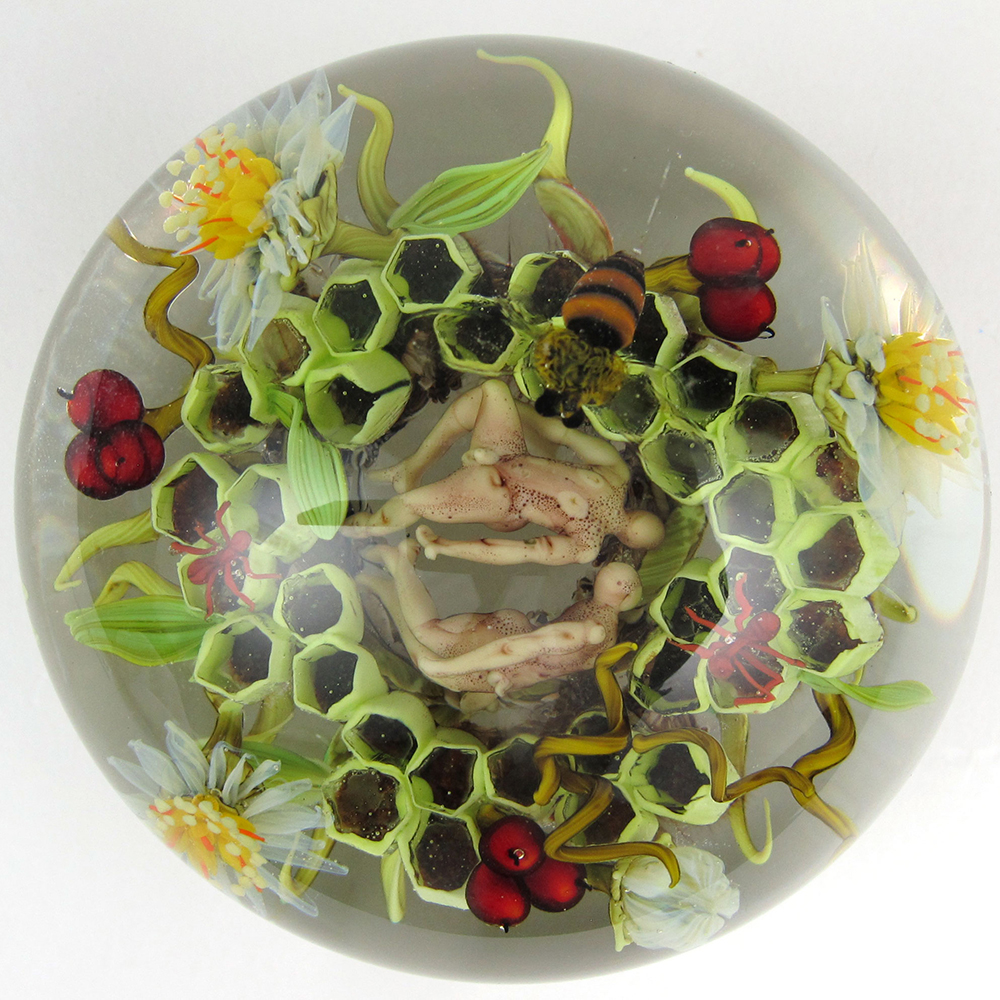
Experimental Study
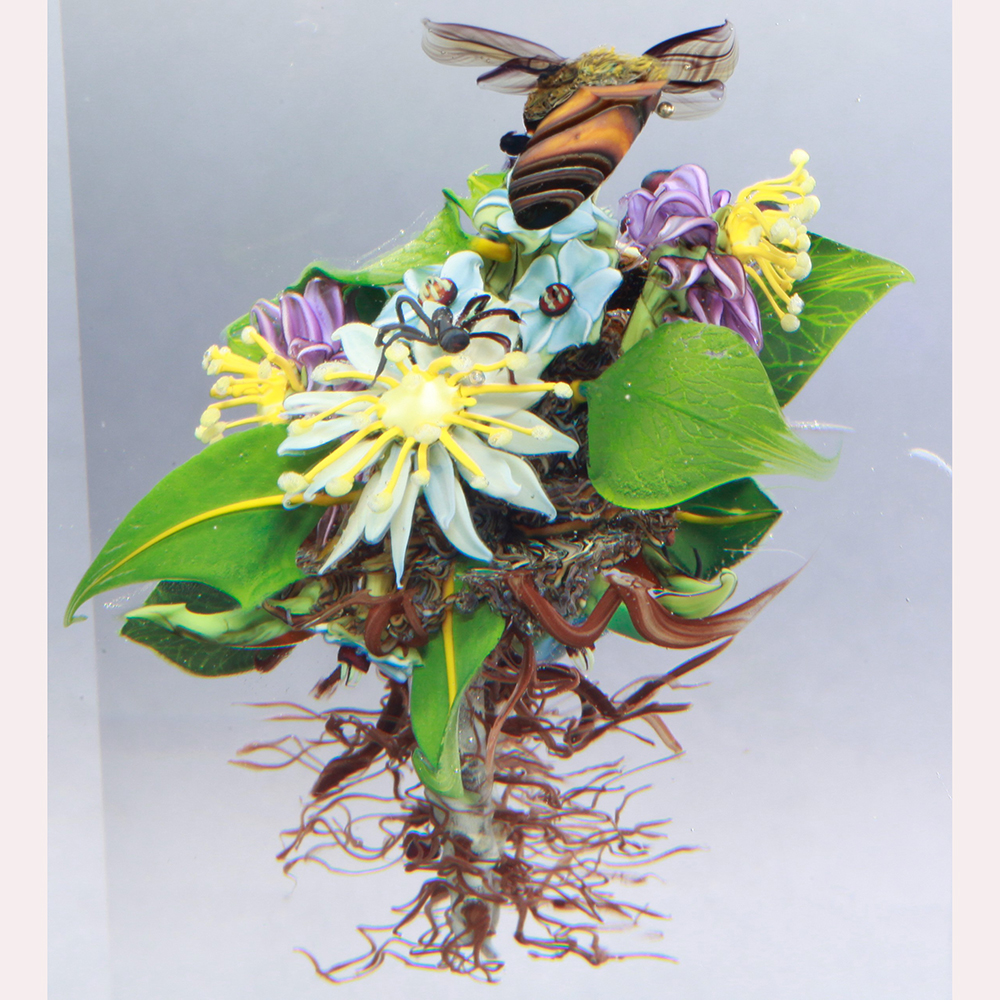
Detail of Nantucket Bouquet Assemblage
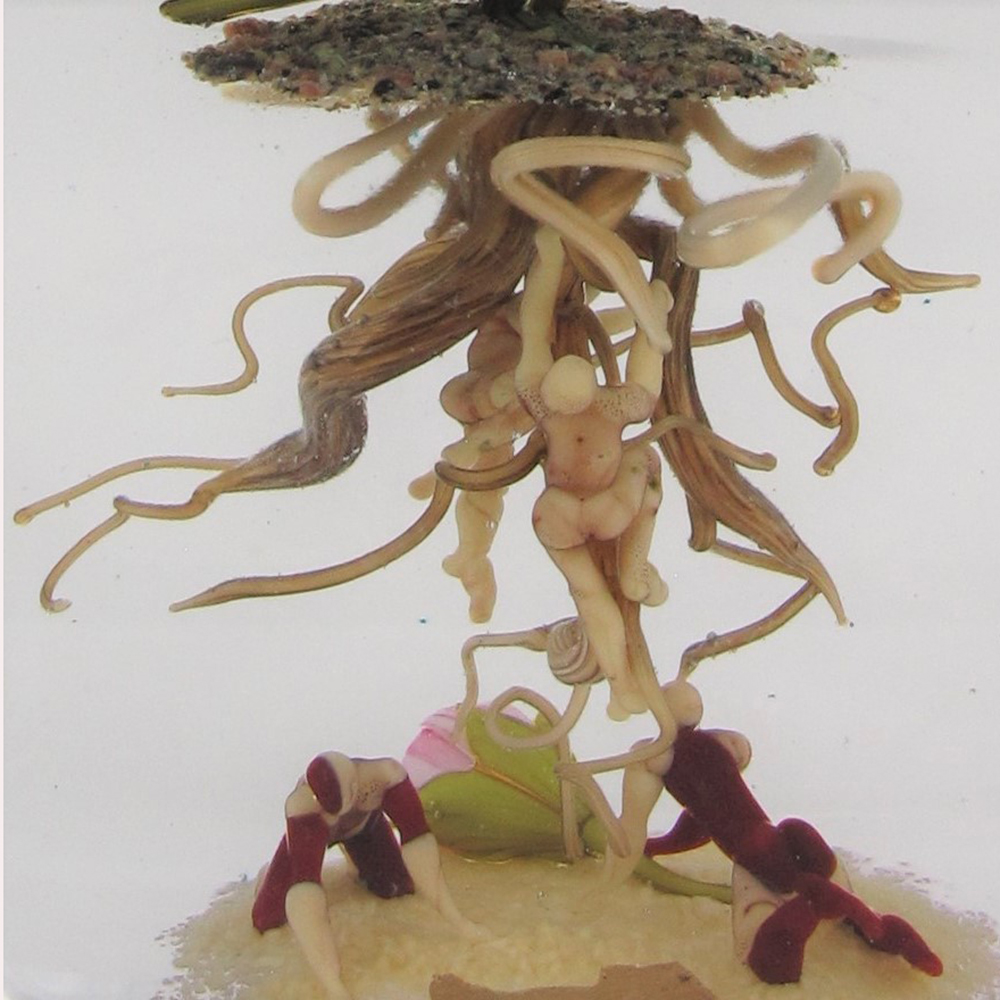
Detail of Root People
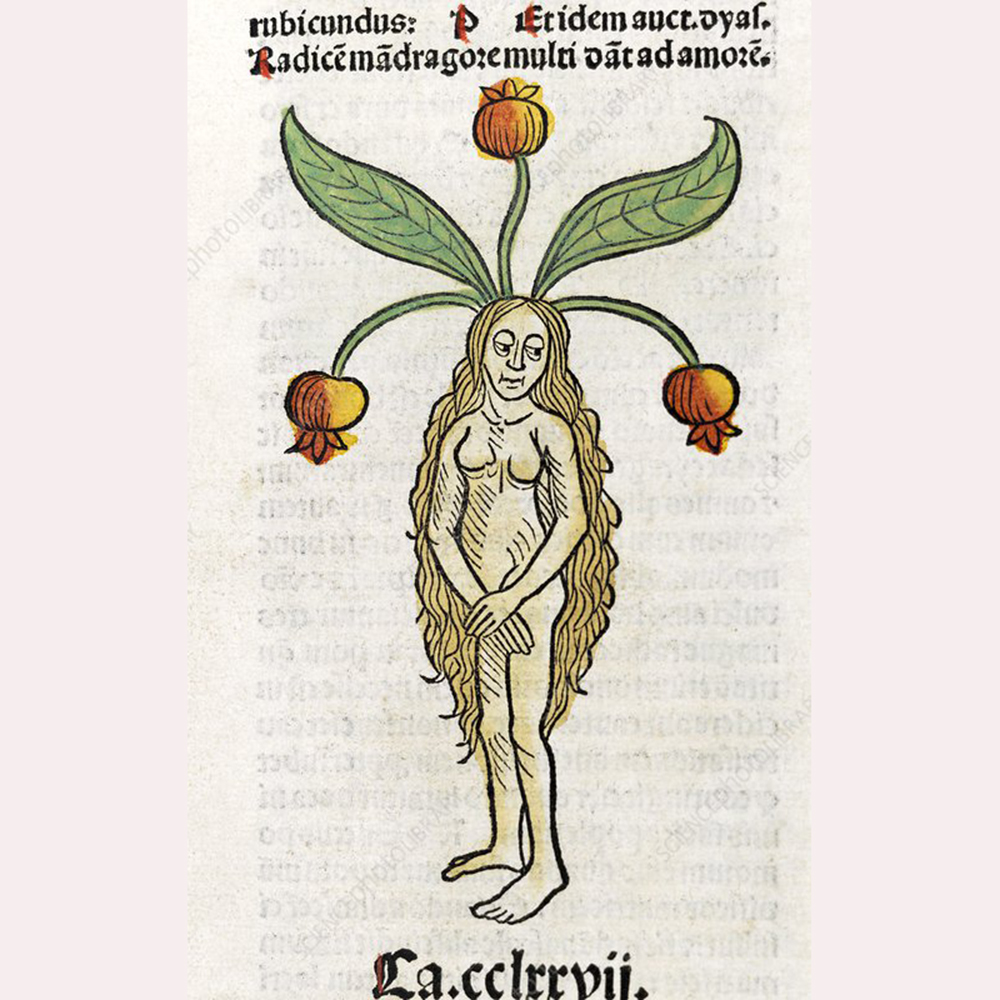
Mandrake Person in Medieval Manuscript
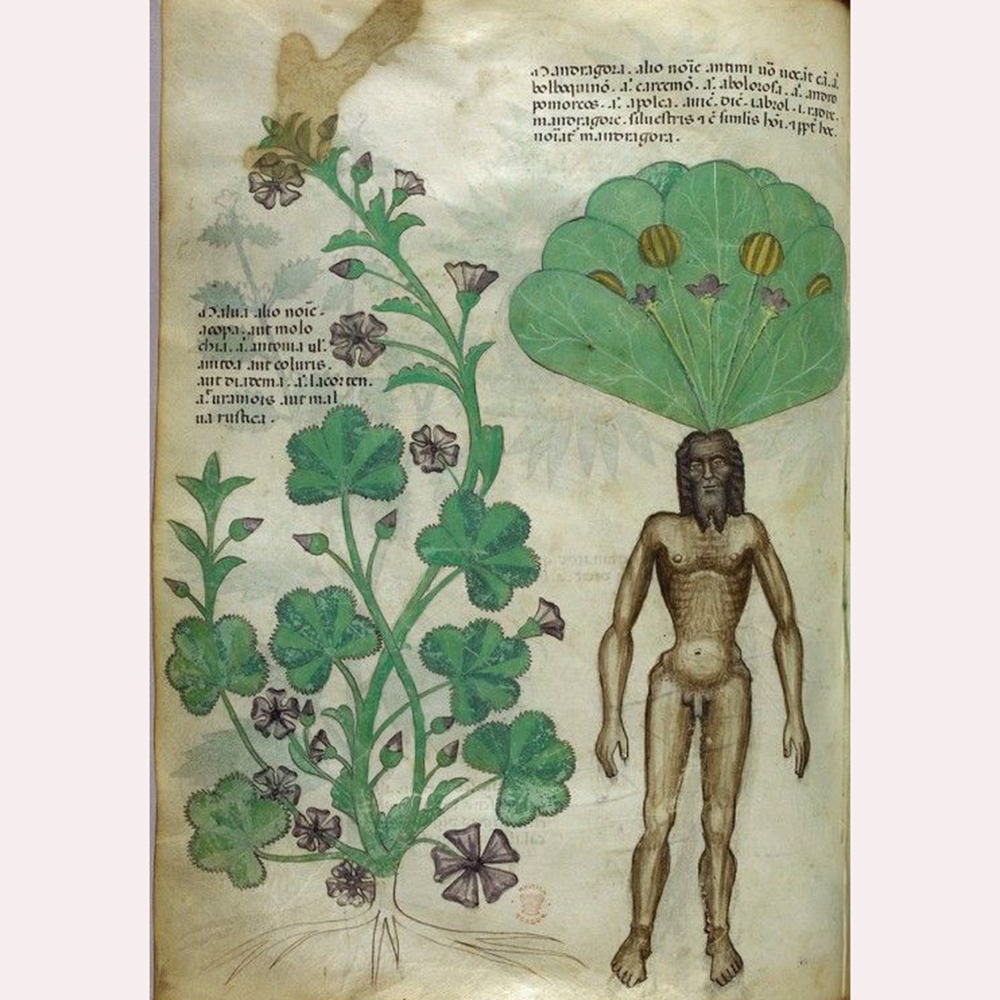
Mandrake Person in Medieval Manuscript

